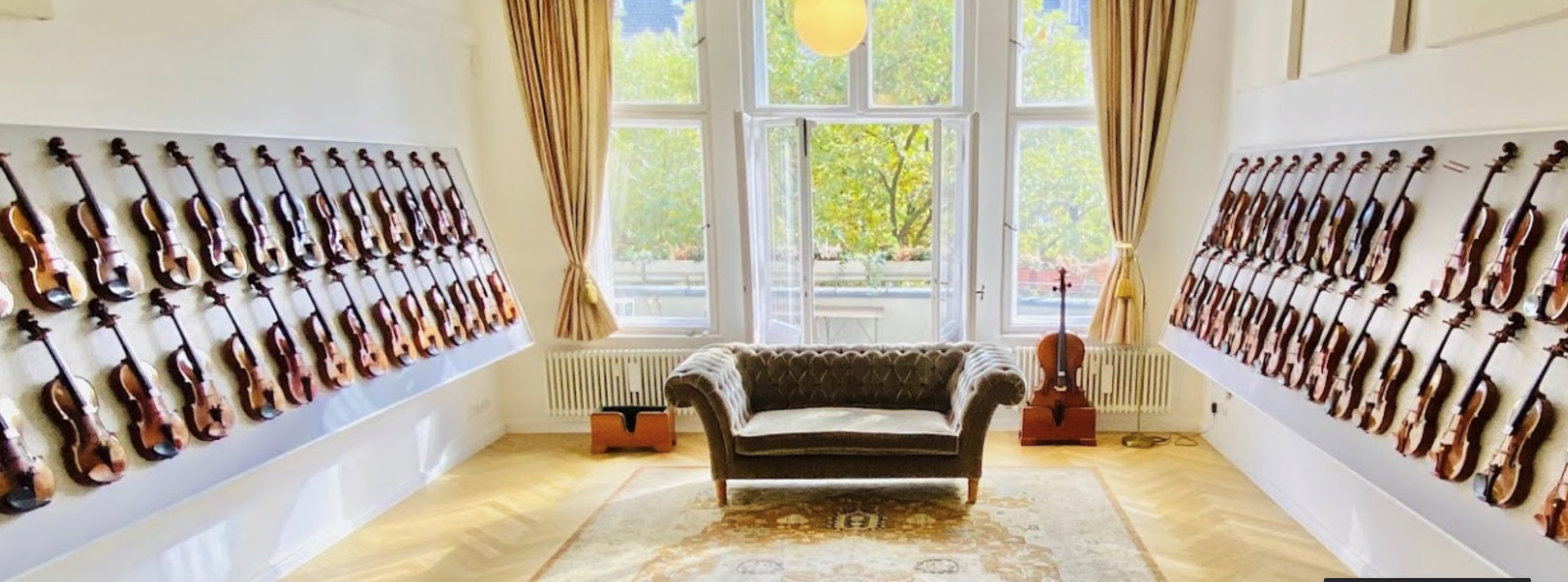Art Buyers Urged to Be Aware as Internet Auction Fraud Soars
Financial Times, April, 25 2003
By Lauren FosterWhen Jason Price, a partner at New York-based Tarisio Auctions, which specializes in fine and rare stringed instruments, received a call from somebody in Italy recently, he was startled to learn that a photograph of a Montanari violin from the company’s archive had turned up on eBay. It appeared that a fraudster had downloaded the image from Tarisio’s website and was using it to advertise the violin, for a fraction of its estimated price, to unsuspecting buyers on the internet auction site.
“We reported him to the eBay police,” said Mr. Price. “Internet auctions are replete with this sort of thing.”
As the sale of art and collectibles through internet auctions has boomed, so has the incidence of fraud. According to the Federal Trade Commission, there were nearly 50,000 complaints of internet auction fraud last year – more than double the year before – making it the agency’s number one internet-related complaint. Delores Thompson, an FTC attorney who specializes in internet auction fraud, said the most frequent complaints were that sellers failed to deliver the sold item or misrepresented what they were selling – “the classic case of forgery”.
One of the best-known cases of internet art fraud came to light in 2000 when a Richard Diebenkorn painting attracted a $135,805 bid on eBay. It turned out the painting was fake and the price had been inflated by a shill-bidding scheme. In January, Kenneth Fetterman was charged with master-minding the plan.
Internet art fraud has also caught the attention of Eliot Spitzer, New York’s attorney-general. Paul Larrabee, spokesman for Mr. Spitzer’s office, declined to comment on ongoing criminal investigations regarding art fraud but said the office was “vigilant in its pursuit of those who violate the law”.
“The internet allows opportunities for the crime to spread to unsuspecting victims who may not be aware of the reputation or the quality of the artwork that they are purchasing,” Mr. Larrabee said. “The internet is the world’s largest flea market – so the age-old warning of caveat emptor is as applicable on the internet as it is on the main street or the shopping mall.”
Art fraud can range from forging signatures of artists and selling fake works over the internet to inflating bids, downloading images of collectibles and selling phantom items that are never delivered. Minimizing the risks is essential for those buying online. Buying from an established online auction house or gallery is preferable to buying from individuals.
James Garib, chief executive of Miami-based artsalebyowner.com, said it was essential to establish that a prospective seller is the legitimate owner and that the artwork is original. “The screening mechanism that we have in place is what provides the buyers and sellers with some security,” he said. “We are not going to list an item unless we know for a fact that we have been able to review some tangible evidence attesting to the provenance of the item.”
Retaining custody of the item is also crucial.
“When we have a lot listed with us, it is in our possession until it is sold,” said Tarisio’s Mr. Price. “By cataloguing the item consistently there is very little that can go wrong on the fraud end. We screen people ruthlessly when they start bidding and we do not release items until they are paid for.” With this system, he said, “the buyer only has to have faith in the middleman, not the actual owner; unlike eBay, where you have to rely on the seller’s goodwill.”
While eBay does not guarantee the authenticity of the items on its site, it has a partnership with Sotheby’s, which does vouch for the fine art sold on the co-branded site. This is to change at the end of this month, however, when Sotheby’s ceases its online auctions.


